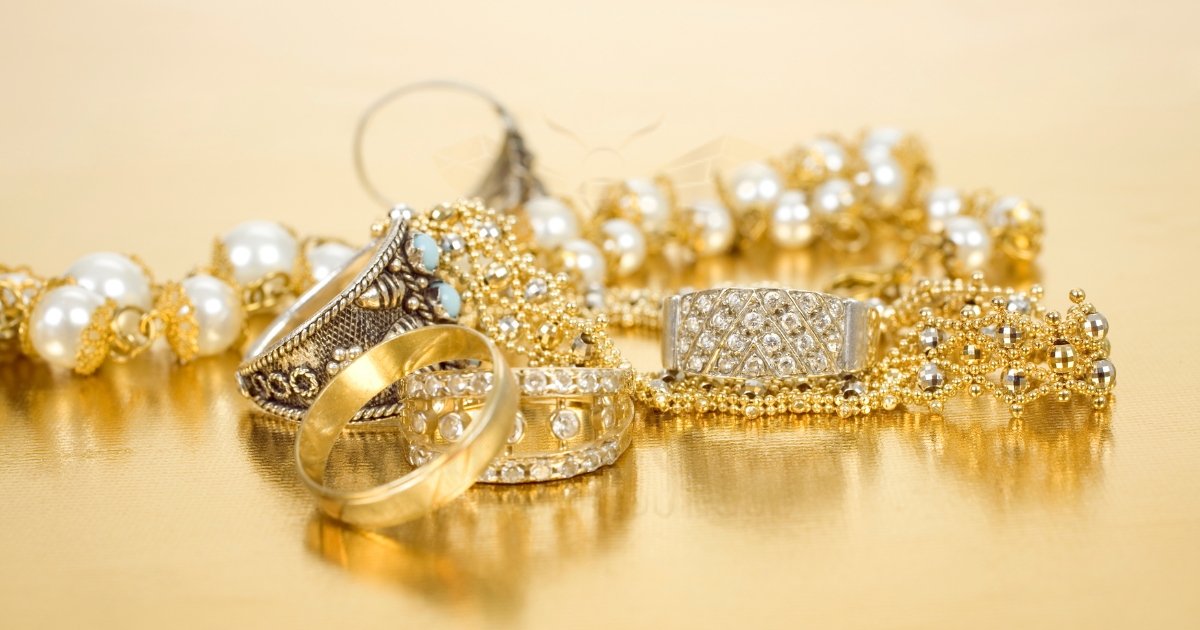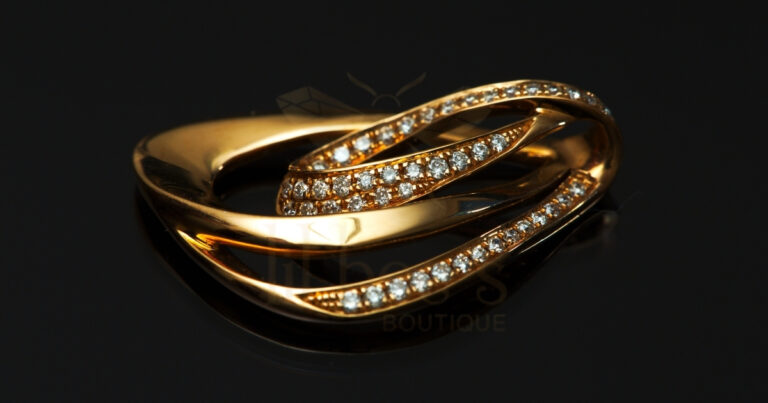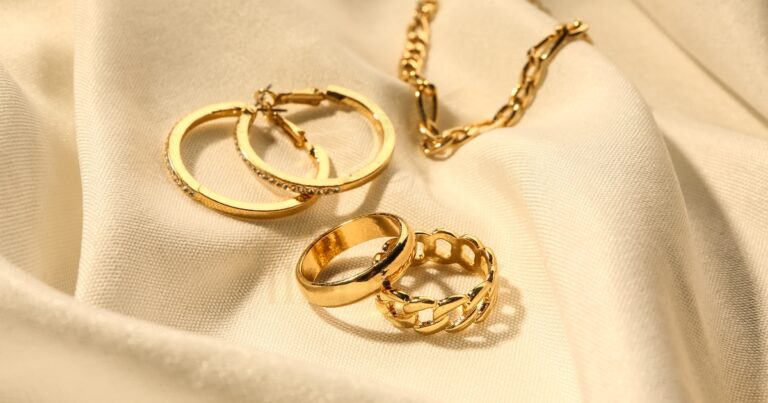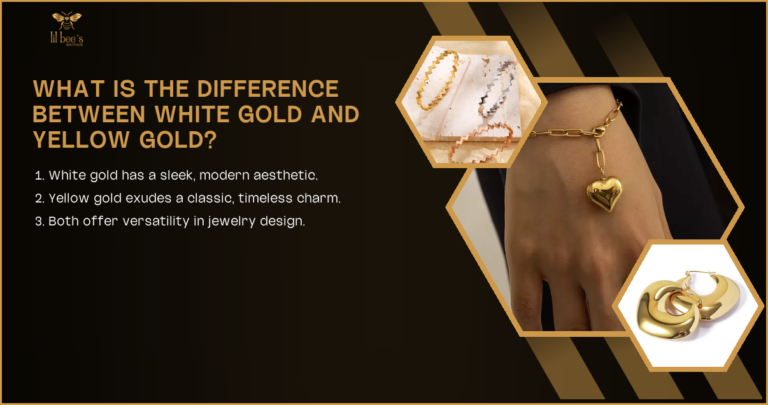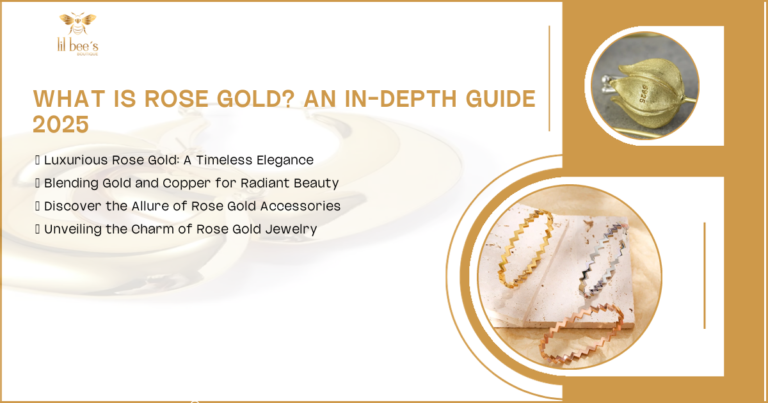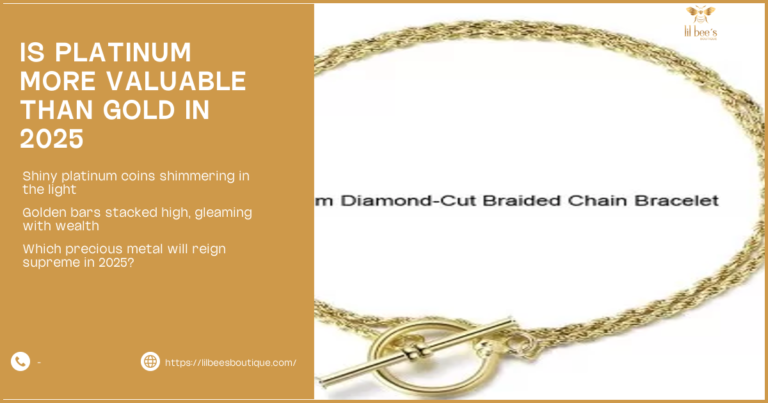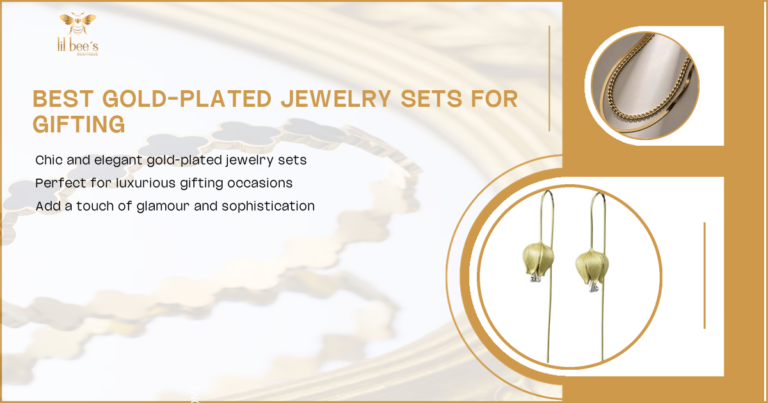What is gold plating?
Gold plating is a process where a thin layer of gold is applied to the surface of another metal. This technique is often used to give jewelry the appearance of solid gold without the high cost. The base metal can be anything from copper to silver, and the gold layer is usually very thin, often measured in microns.
The process of gold plating
The gold plating process involves several steps. First, the base metal is thoroughly cleaned to remove any dirt or oils. Then, it is dipped into a solution containing gold ions. An electric current is applied, causing the gold ions to bond to the surface of the base metal. This creates a thin, even layer of gold.
Types of gold plating techniques
There are various techniques used in gold plating, including electroplating, PVD (Physical Vapor Deposition), and flash plating. Each method has its own advantages and disadvantages, affecting the durability and appearance of the final product.
- Electroplating : Common and cost-effective.
- PVD : More durable but expensive.
- Flash plating : Quick but less durable.
Gold Plated Jewelry Before and After: Visual Transformation
Initial appearance of gold plated jewelry
When new, gold plated jewelry has a shiny, lustrous appearance that closely resembles solid gold. The initial look is often indistinguishable from more expensive gold pieces, making it an attractive option for budget-conscious buyers.
Changes over time and wear
Over time, the thin layer of gold can wear off, revealing the base metal underneath. This can lead to a duller appearance and potential discoloration. The rate at which this happens depends on several factors, including the thickness of the gold layer and how often the jewelry is worn.
Factors affecting the longevity of gold plating
Several factors can influence how long gold plated jewelry retains its appearance. These include the thickness of the gold layer, the type of base metal used, and how the jewelry is cared for. Exposure to water, sweat, and chemicals can also accelerate wear.
- Thickness of gold layer : Thicker layers last longer.
- Type of base metal : Some metals are more prone to tarnishing.
- Care and maintenance : Proper care can extend the life of the plating.
Pros of Gold Plated Jewelry
Affordability compared to solid gold
One of the biggest advantages of gold plated jewelry is its affordability. It offers the look of solid gold at a fraction of the price, making it accessible to a wider range of consumers.
Variety of designs and styles
Gold plated jewelry comes in a wide variety of designs and styles. From intricate necklaces to simple rings, there is something to suit every taste and occasion. This variety makes it easy to find pieces that match your personal style.
Hypoallergenic options for sensitive skin
Many gold plated jewelry pieces are made with hypoallergenic base metals, making them suitable for people with sensitive skin. This allows more people to enjoy the beauty of gold without the risk of allergic reactions.
- Affordable : Cost-effective alternative to solid gold.
- Diverse designs : Wide range of styles available.
- Hypoallergenic : Safe for sensitive skin.
Cons of Gold Plated Jewelry
Limited durability and wear resistance
Gold plated jewelry is less durable than solid gold. The thin layer of gold can wear off over time, especially with frequent use. This makes it less suitable for everyday wear compared to more durable options.
Potential for tarnishing and discoloration
The base metal underneath the gold plating can tarnish or discolor over time, especially if exposed to moisture or chemicals. This can affect the overall appearance of the jewelry.
Maintenance requirements
Gold plated jewelry requires regular maintenance to keep it looking its best. This includes cleaning and proper storage to prevent tarnishing and wear. Neglecting these steps can shorten the lifespan of the jewelry.
- Less durable : Not ideal for everyday wear.
- Tarnishing risk : Base metal can discolor.
- High maintenance : Requires regular care.
How long does gold plated jewelry last? 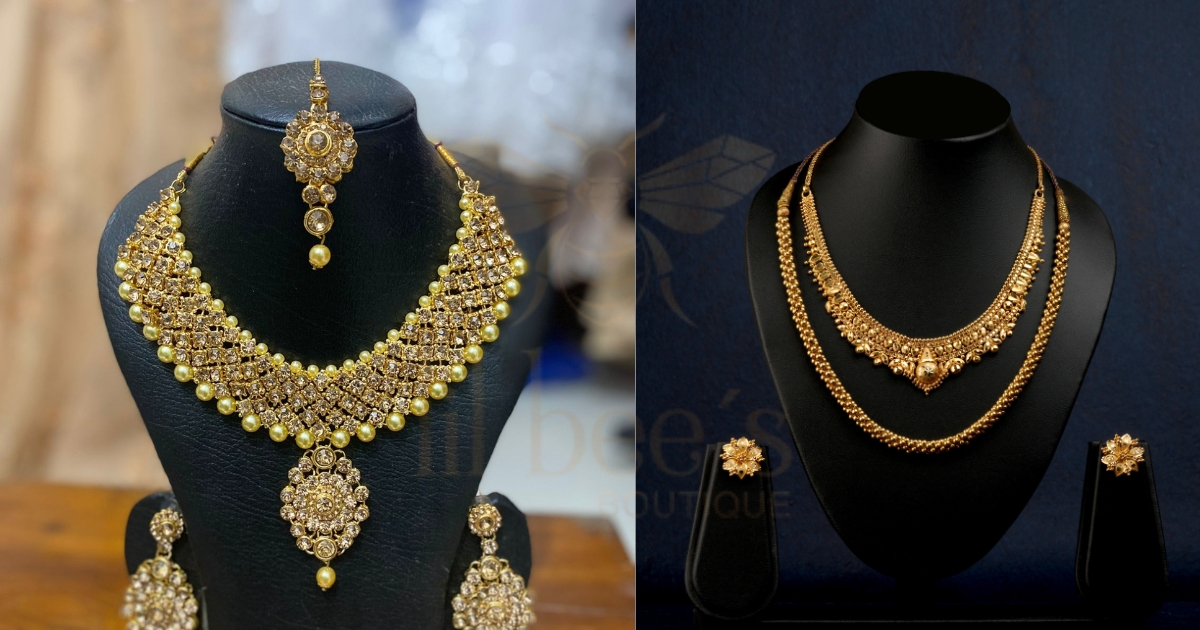
Average lifespan of gold plated jewelry
The average lifespan of gold plated jewelry can vary widely, ranging from a few months to several years. The longevity depends on factors like the thickness of the gold layer and how well the jewelry is cared for.
Factors influencing longevity
Several factors can influence the lifespan of gold plated jewelry. These include the thickness of the gold layer, the type of base metal, and how often the jewelry is worn. Proper care and maintenance can also extend its life.
Tips for extending the life of gold plated pieces
To extend the life of your gold plated jewelry, follow these tips: avoid exposure to water and chemicals, store the jewelry in a dry place, and clean it regularly with a soft cloth.
- Avoid water : Keep jewelry dry.
- Proper storage : Store in a dry place.
- Regular cleaning : Use a soft cloth.
Is gold plated jewelry worth it?
Cost-benefit analysis
When considering whether gold plated jewelry is worth it, weigh the cost against the benefits. While it is more affordable than solid gold, it may not last as long. However, for those who want the look of gold without the high price, it can be a good option.
Suitable occasions for gold plated jewelry
Gold plated jewelry is suitable for various occasions, from everyday wear to special events. Its affordability and variety of designs make it a versatile choice for different settings.
Comparing gold plated to other jewelry options
When comparing gold plated jewelry to other options like gold filled or solid gold, consider factors like durability, cost, and appearance. Each type has its own pros and cons, so choose based on your specific needs and preferences.
- Affordable : Cost-effective for short-term use.
- Versatile : Suitable for various occasions.
- Comparison : Weigh against other options.
Can gold plated jewelry be replated?
The replating process
Replating involves removing the old layer of gold and applying a new one. This can restore the jewelry’s original appearance and extend its lifespan. The process is similar to the initial gold plating but may require additional steps to prepare the piece.
Cost considerations for replating
The cost of replating can vary depending on the piece and the thickness of the new gold layer. While it can be more affordable than buying new jewelry, it’s essential to consider whether the piece is worth the investment.
When to consider replating vs. replacing
Consider replating if the jewelry has sentimental value or is a unique design. If the cost of replating is too high, it may be more practical to replace the piece with a new one.
- Replating : Restores original appearance.
- Cost : Varies by piece.
- Decision : Replate sentimental or unique items.
How to care for gold plated jewelry 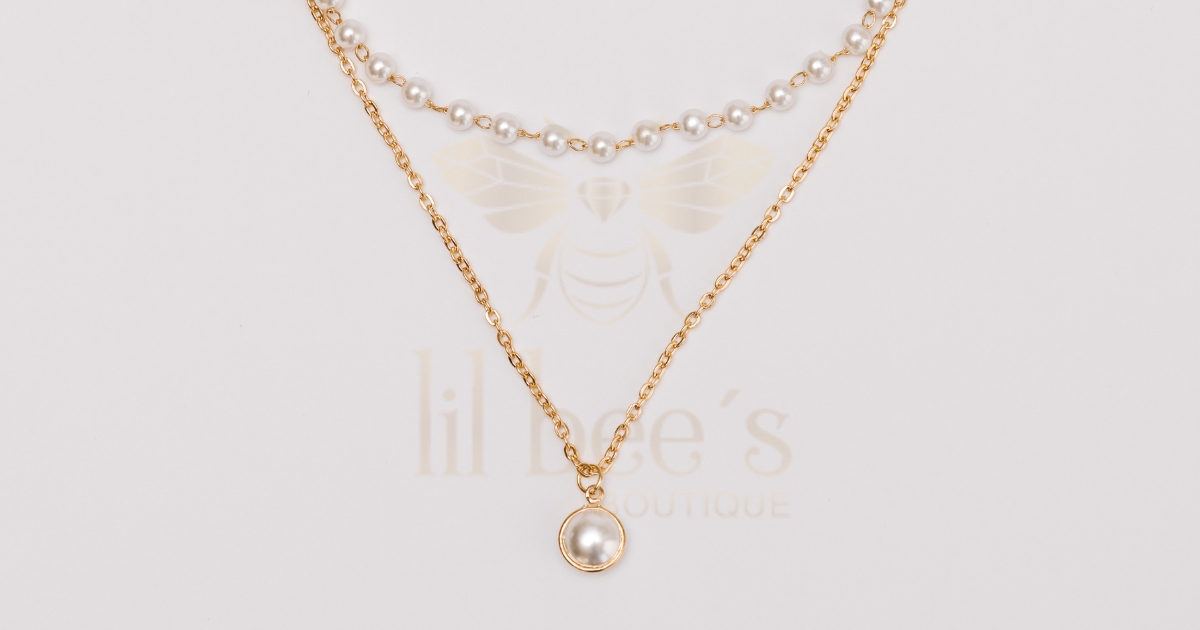
Proper storage techniques
Store gold plated jewelry in a dry, cool place to prevent tarnishing. Use a jewelry box or pouch to protect it from scratches and exposure to air.
Cleaning methods and frequency
Clean gold plated jewelry regularly with a soft cloth to remove dirt and oils. Avoid using harsh chemicals or abrasive materials that can damage the gold layer.
Avoiding damage during wear
To prevent damage, remove gold plated jewelry before swimming, showering, or exercising. Avoid contact with perfumes, lotions, and other chemicals that can cause tarnishing.
- Storage : Use a jewelry box or pouch.
- Cleaning : Soft cloth, no harsh chemicals.
- Wear : Remove before water or chemical exposure.
Gold Plated vs. Gold Filled Jewelry
Differences in composition and durability
Gold filled jewelry has a thicker layer of gold compared to gold plated, making it more durable. The gold layer in gold filled jewelry is bonded to the base metal through heat and pressure, resulting in a longer-lasting finish.
Price comparison
Gold filled jewelry is generally more expensive than gold plated due to the thicker gold layer. However, it offers better durability and can be a more cost-effective option in the long run.
Choosing between gold plated and gold filled
When choosing between gold plated and gold filled jewelry, consider factors like budget, durability, and intended use. Gold filled is better for everyday wear, while gold plated is suitable for occasional use.
- Durability : Gold filled lasts longer.
- Cost : Gold filled is more expensive.
- Choice : Based on budget and use.
Popular Gold Plated Jewelry Styles
Trending designs in gold plated necklaces
Gold plated necklaces come in various trendy designs, from minimalist pendants to statement pieces. Popular styles include layered necklaces, chokers, and personalized nameplates.
Fashionable gold plated earrings
Gold plated earrings are available in numerous fashionable designs, including hoops, studs, and drop earrings. These styles can complement both casual and formal outfits.
Stylish gold plated bracelets and rings
Gold plated bracelets and rings offer stylish options for accessorizing. From delicate bangles to bold statement rings, there are designs to suit every taste.
- Necklaces : Layered, chokers, nameplates.
- Earrings : Hoops, studs, drop earrings.
- Bracelets and rings : Bangles, statement rings.
Gold Plated Jewelry for Special Occasions
Wedding and bridal jewelry options
Gold plated jewelry is a popular choice for weddings and bridal accessories. It offers an elegant look without the high cost, making it ideal for brides on a budget.
Gold plated pieces for formal events
For formal events, gold plated jewelry can add a touch of sophistication. Choose pieces with intricate designs and high-quality finishes to complement your attire.
Everyday gold plated accessories
Gold plated jewelry is also suitable for everyday wear. Simple designs like stud earrings or delicate bracelets can add a touch of elegance to your daily outfits. Gold jewelry longevity Gold jewelry can last for many years without tarnishing or losing its shine making it a great choice for long-lasting accessories that can be passed down through generations Rosy metal alloy is a special mix of metals that has a pinkish color It is used to make jewelry and decorative items because of its pretty appearance
Gold purity levels Pure gold is 24 karat while 18 karat gold has 75% pure gold and 14 karat gold contains 58% pure gold Jewelry metals coloration Different metals used in jewelry can have various colors like yellow gold white gold and rose gold Some jewelry metals can be treated to change their color
Karat plating decision helps jewelers choose how much gold to put on jewelry It makes sure the gold coating is just right for different types of jewelry Platinum gold value is higher than regular gold because it’s rarer and used in special jewelry
Opulent gold-plated accessories add a touch of luxury to any outfit without the high cost of solid gold They can make you feel fancy and special even on regular days Sensitive ear studs are special earrings made for people with easily irritated ears They are designed to be gentle and reduce discomfort for those with sensitive skin
Jewelry gilding process Jewelry durability comparison Different types of jewelry can last longer or break easier depending on what they are made of and how they are worn
- Weddings : Elegant and affordable.
- Formal events : Sophisticated designs.
- Everyday : Simple and elegant.
Environmental Impact of Gold Plated Jewelry
Sustainability considerations
Gold plated jewelry has a lower environmental impact compared to solid gold due to the smaller amount of gold used. However, the production process can still involve harmful chemicals and waste.
Recycling and disposal of gold plated items
Recycling gold plated jewelry can be challenging due to the thin gold layer. However, some jewelers offer recycling programs to recover the gold and base metals.
Eco-friendly alternatives in jewelry
Consider eco-friendly alternatives like recycled gold or ethically sourced materials. These options can reduce the environmental impact of your jewelry choices.
- Lower impact : Less gold used.
- Recycling : Some jewelers offer programs.
- Eco-friendly : Recycled or ethically sourced materials.
FAQs
How can I tell if my jewelry is gold plated?
To determine if your jewelry is gold plated, look for markings like “GP” or “GEP” on the piece. These indicate that the item is gold plated. You can also consult a jeweler for a professional assessment.
Does gold plated jewelry tarnish over time?
Yes, gold plated jewelry can tarnish over time. The base metal underneath the gold layer can react with air and moisture, leading to tarnishing and discoloration.
Can I shower with gold plated jewelry?
It is not recommended to shower with gold plated jewelry. Exposure to water and soap can cause the gold layer to wear off more quickly, reducing the lifespan of the piece.
What’s the difference between gold plated and gold vermeil jewelry?
Gold vermeil jewelry has a thicker layer of gold compared to standard gold plated jewelry. It is also typically made with a sterling silver base, making it more durable and of higher quality.
Is it safe to wear gold plated jewelry if I have sensitive skin?
Gold plated jewelry can be safe for sensitive skin if it is made with hypoallergenic base metals. Always check the materials used to ensure they are suitable for your skin type.

